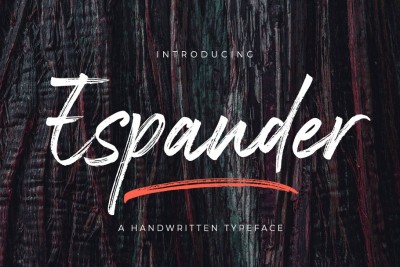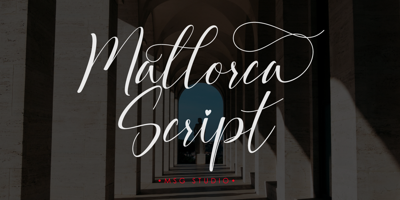Font Usage in Minimalist Designs
Font Usage in Minimalist Designs
Less is more—this timeless principle defines minimalist design. When you strip away decorative elements and focus on essentials, typography becomes your most powerful tool. Let's explore how to use fonts effectively in minimalist designs where every choice matters.
Why Typography Matters More in Minimalism
In minimalist design, there's nowhere to hide. Without elaborate graphics, bold colors, or complex layouts to fall back on, your font choices carry the entire visual weight. Typography doesn't just support your message—it becomes the design itself.
This heightened importance means every decision, from font selection to spacing, requires careful consideration.
Choosing the Right Font
Stick to Simple, Clean Typefaces
Minimalism thrives on clarity. Sans-serif fonts like Helvetica, Futura, or Inter work beautifully because they're straightforward and unpretentious. These fonts communicate without demanding attention, letting your content speak for itself.
Avoid overly decorative or quirky fonts. In minimalist design, personality comes from how you use typography, not from fancy letterforms.
One or Two Fonts Maximum
The minimalist mantra applies to font selection too. Limit yourself to one or two typefaces per project. Using a single font family with different weights (light, regular, bold) often creates the most cohesive look.
If you need variety, pair a simple sans-serif with a clean serif for contrast, but keep it restrained.
Mastering White Space
White space (or negative space) is minimalism's secret weapon. Generous spacing around text makes your typography breathe and creates visual hierarchy without adding clutter.
Give Your Text Room
Don't be afraid of emptiness. Large margins, ample padding, and breathing room between elements make your typography more impactful. Crowded text feels busy and defeats the minimalist purpose.
Line Spacing Matters
Increase your line height beyond the standard 1.5. In minimalist designs, line spacing of 1.6 to 2.0 creates an airy, sophisticated feel. This extra space enhances readability and contributes to the overall sense of calm.
Creating Hierarchy with Simplicity
Without colors, borders, or decorative elements, you need other tools to create visual hierarchy.
Size Variations
Use dramatic size differences between headings and body text. A large, bold headline paired with smaller body copy creates instant hierarchy. Don't be subtle—make your size contrasts obvious.
Weight and Style
Play with font weights to establish importance. A thin, elegant headline can feel as impactful as a bold one when used correctly. Mixing light and heavy weights within the same font family maintains consistency while creating distinction.
Strategic Alignment
Left-aligned text is clean and easy to read. Centered text can work for short headlines or quotes, adding elegance. Avoid justified text in minimalist designs—the uneven spacing it creates contradicts the clean aesthetic.
Color Choices
Minimalist designs typically use limited color palettes, and typography should follow suit.
Black and White Foundation
Most minimalist typography works in black text on white backgrounds or vice versa. This high contrast ensures readability while maintaining simplicity. Grayscale variations add subtle depth without introducing complexity.
Accent Colors Sparingly
If you add color to your typography, use it purposefully. A single accent color highlighting important words or calls-to-action can be powerful. But remember: in minimalism, color is punctuation, not decoration.
Avoiding Common Mistakes
Don't Confuse Minimalism with Boring
Simple doesn't mean lifeless. Use scale, spacing, and composition to create visual interest. A well-executed minimalist design feels intentional and sophisticated, never dull.
Maintain Readability
In pursuit of artistic minimalism, don't sacrifice legibility. Your text still needs to be readable at a glance. Test your designs with real users to ensure your minimalist choices enhance rather than hinder communication.
Consistency is Key
Establish a clear typographic system and stick to it throughout your project. Consistent font sizes, spacing, and styling create harmony—essential in minimalist design where every element is visible and important.
Real-World Applications
Minimalist typography works beautifully for portfolios, luxury brand websites, editorial layouts, and app interfaces. It's particularly effective when you want to convey sophistication, professionalism, or focus users' attention on specific content.
Final Thoughts
Mastering typography in minimalist design is about restraint and intentionality. Every font choice, every pixel of spacing, every weight variation should serve a purpose. When done right, minimalist typography feels effortless while requiring tremendous skill and thought.
Embrace the challenge of doing more with less. Your typography will become stronger, your designs more focused, and your message clearer.


